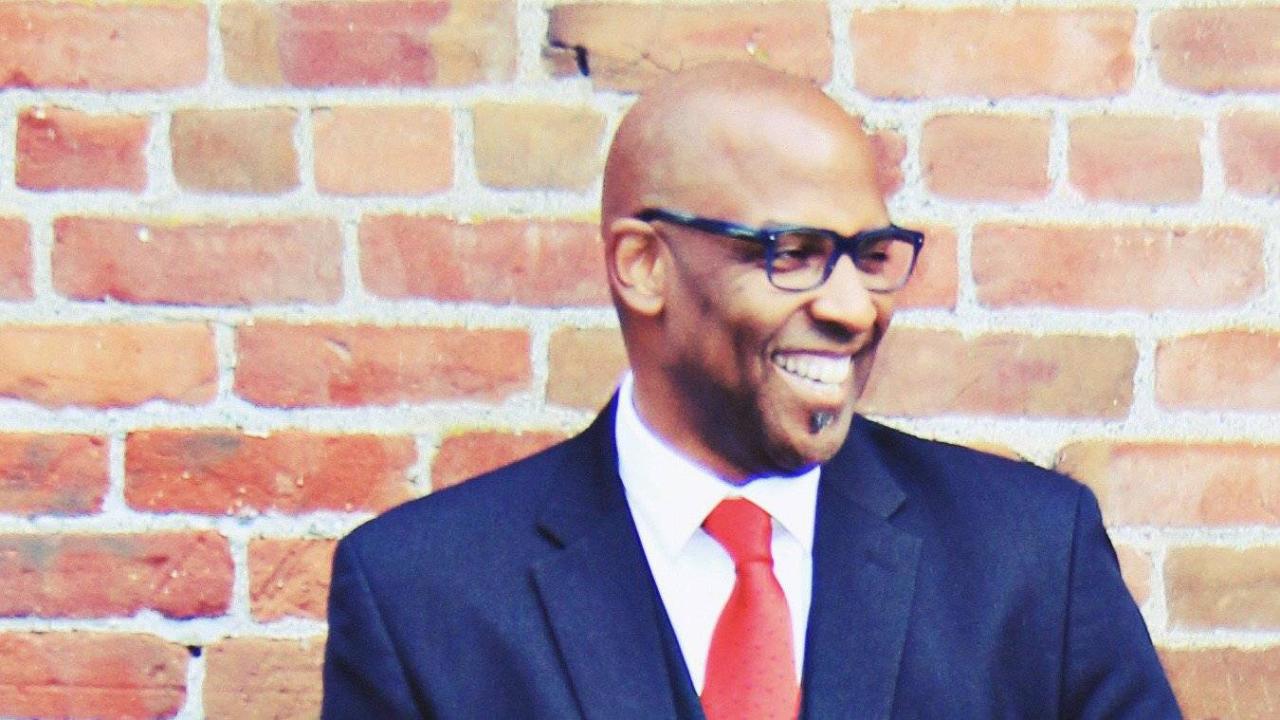
Next-level Partnerships
Sacramento’s chief innovation officer, Louis Stewart, recently shared some thoughts and hopes for Aggie Square from the city's point of view.
Question: What will Aggie Square mean for Sacramento?
Answer: Aggie Square is different than anything the city has done before. We’ve done the (Golden 1) arena, now a soccer stadium, and we’re getting more familiar with big projects. But Aggie Square is truly community-facing. It’s meant to draw in external people. The arena draws in 17,000 people at a time, but this is different … Aggie Square speaks to the possibilities of research and development capabilities that we haven’t stepped into since the transcontinental railroad.
This is important when you look at Aggie Square being the catalyst for projects that can turn Sacramento into a powerful research environment. You look at lifelong learning, and other opportunities — even beyond life sciences, like mobility and data sciences. I look at all eight city districts and see what’s possible as we try to uplift and engage. We can bring workforce development opportunities and lifelong learning beyond Aggie Square. We can create the future. This is an opportunity for the city to evolve.
Q: What is the city’s role in the project?
A: I see the city’s role as being 50 percent partner, understanding that the property and concept is uniquely UC Davis. The city has two sets of customers and has a responsibility to be responsive to both the citizens as well as UC Davis in order to make this project successful. Having ongoing conversations as a partner to get to a place where it’s a win for citizens is a priority. That doesn’t mean all concessions are made but there’s a middle ground.
As we become a “destination city” as the mayor (Darrell Steinberg) says, how do we step into the community surrounding Aggie Square with housing, with connected corridors? Now with this partnership we’ll know better how to partner in the next phase. We will build on our success with the arena. Constant learning and relationships are how a city grows. It’s a big experiment because this hasn’t been done before, but we can learn together as partners and teammates. We can have a positive impact.
Q: How will partnerships like ours evolve and impact the future?
A: Competitive spirit is a big part of this. In 2016, with the arena, I was a resident working down the street for the governor’s office. You got to see how people coalesced around keeping the team (the Sacramento Kings) that has been here since 1985.
Fast forward to now, you can see the arena was putting the city into startup phase. We want to revitalize and grow. Now, under Mayor Steinberg and this city council, let’s figure out how we scale this. Let’s go back to the arena and saving the Kings, go back to winning the hearts and minds, and show how Aggie Square is a part of that effort.
Some people may hear me say “Sacramento can be the third-largest outlet for life sciences in California.” There’s San Francisco and San Diego, and you have some pockets of it elsewhere … right now we’re seventh, and how do we compete? Aggie Square is more than life sciences, but that’s a big part of it.
This is a global competition and we are viewed globally. All of the things we’re doing in parallel — electrification, autonomic vehicles, and so on — support and augment how we are seen in the global economy.
Everything converges. Everything we do in, say, mobility and cybersecurity applies directly to the quality of life, like what’s happening in Aggie Square. Look at what we’re doing with 5G — what if we looked at Oak Park and Aggie Square as the most connected part of the city, and people have access to information faster and better. Suddenly disparate circles of innovation overlap and become concentric circles.
It was the arena, now it’s Aggie Square. Eventually you cover the whole city.